CNC Machining
200 sets high precision CNC machine, covering turning, drilling, milling, broaching,grinding, wire EDM etc. all machining process.Machined prototypes and production parts in as fast as 1-3 days
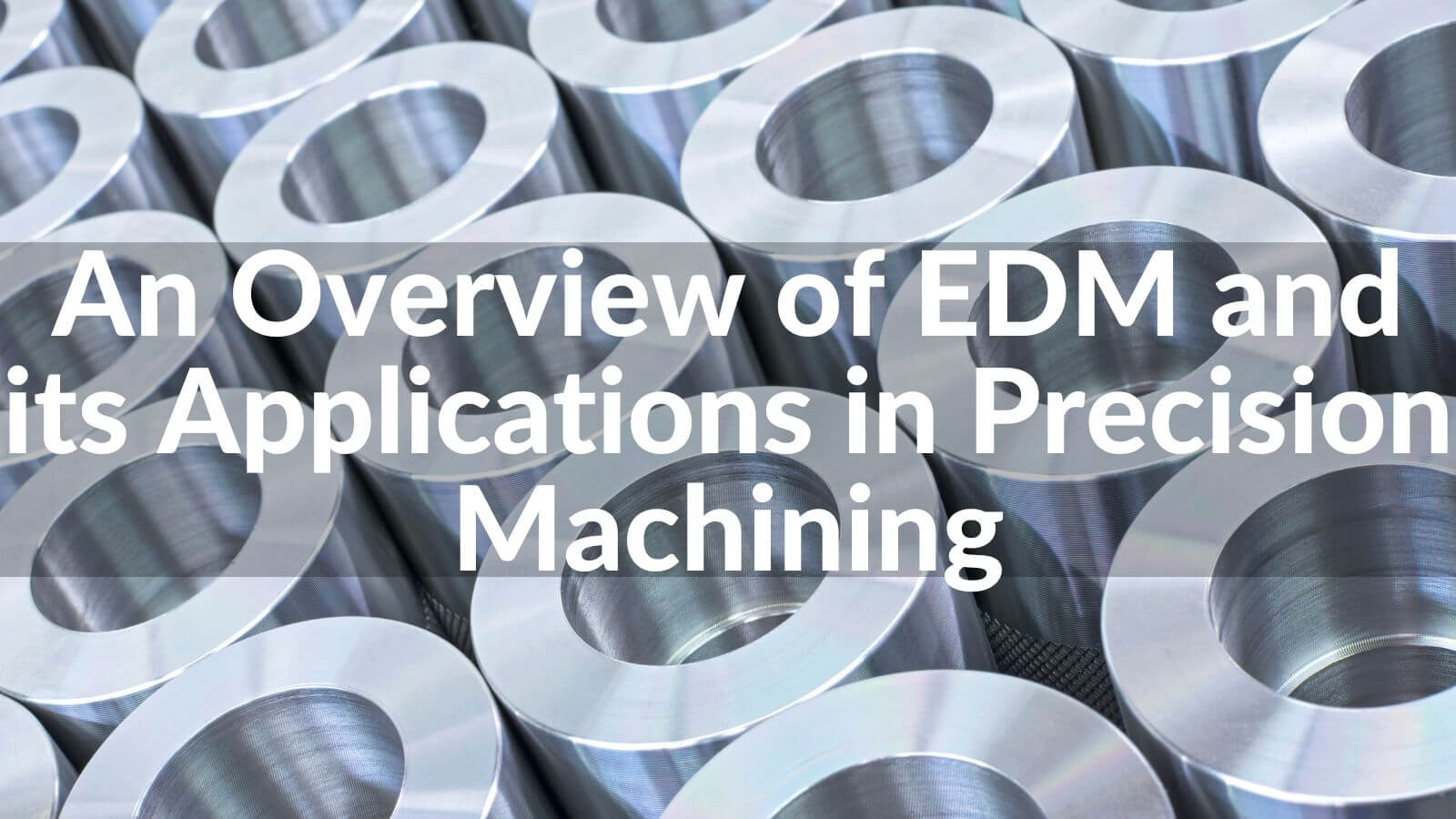
In the realm of precision machining, Electrical Discharge Machining (EDM) holds a significant position as a versatile and effective technology. This sophisticated process enables the creation of intricate and precise designs that would otherwise be challenging to achieve through conventional machining techniques. EDM has become indispensable in various industries that require utmost precision, such as aerospace, automotive, medical, and mold making, among others.
At its core, EDM involves the controlled erosion of material using electrical discharges. By employing a series of precisely timed electrical sparks, EDM is capable of shaping even the toughest and most intricate workpieces with exceptional accuracy. It offers unique advantages over traditional machining methods, enabling manufacturers to overcome limitations and push the boundaries of precision engineering.
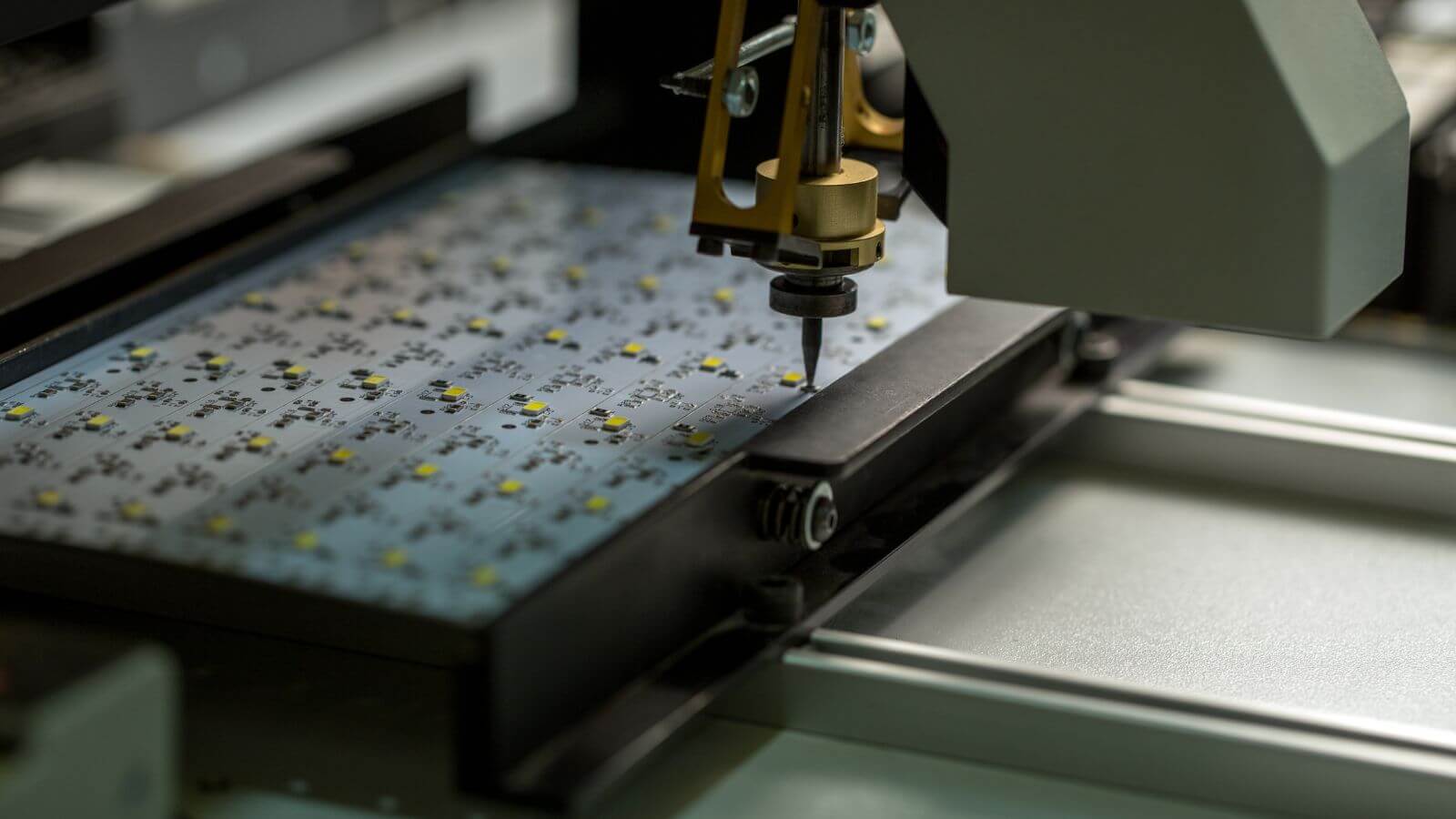
EDM (Electrical Discharge Machining) is a specialized machining process that utilizes electrical discharges to erode and shape conductive materials. It involves the interaction between an electrode and a workpiece submerged in a dielectric fluid. As controlled electrical sparks occur between the electrode and the workpiece, material is gradually removed, allowing for precise shaping and machining.
The applications of EDM in precision machining are vast and diverse. Let's explore some of the key areas where EDM is widely employed:
➢ Mold Making: EDM is extensively used in the production of molds for plastic injection molding, die casting, and other manufacturing processes. Its ability to create intricate cavities and fine details in hardened steel or other materials makes it indispensable in the mold making industry.
➢ Aerospace Components: EDM is crucial for manufacturing precision components used in aerospace engines, turbines, and other critical aircraft parts. It enables the production of complex geometries, such as airfoils and turbine blades, with tight tolerances and exceptional surface finishes.
➢ Medical Implants: The medical industry relies on EDM to create customized and highly precise implants, such as orthopedic implants and dental prosthetics. The process ensures the accurate replication of intricate anatomical features while maintaining the required biocompatibility and surface finish.
➢ Electronics and Micro-Machining: EDM is used in the manufacture of small electronic parts, microtools, and microelectromechanical systems (MEMS). With sub-micron accuracy, it enables the production of complex designs, tiny holes, and delicate features.
➢ Car Industry: EDM is crucial to the manufacturing of precise components like gears, fuel injection nozzles and gearbox elements in the car industry. It makes it possible to machine intricate forms and profiles in tough materials, guaranteeing superior functionality and sturdiness.
➢ Making tools and dies: EDM is frequently employed in the production of punches, dies, and cutting tools. It enables the fabrication of complex forms and precise edges, improving the tool's cutting effectiveness and accuracy.
Energy Industry: EDM is used to produce parts for gas turbines and hydroelectric turbines, two types of power producing machinery. It makes it possible to machine the high-temperature alloys, complicated cooling channels, and complex geometries employed in these applications.
2. Precision of EDM
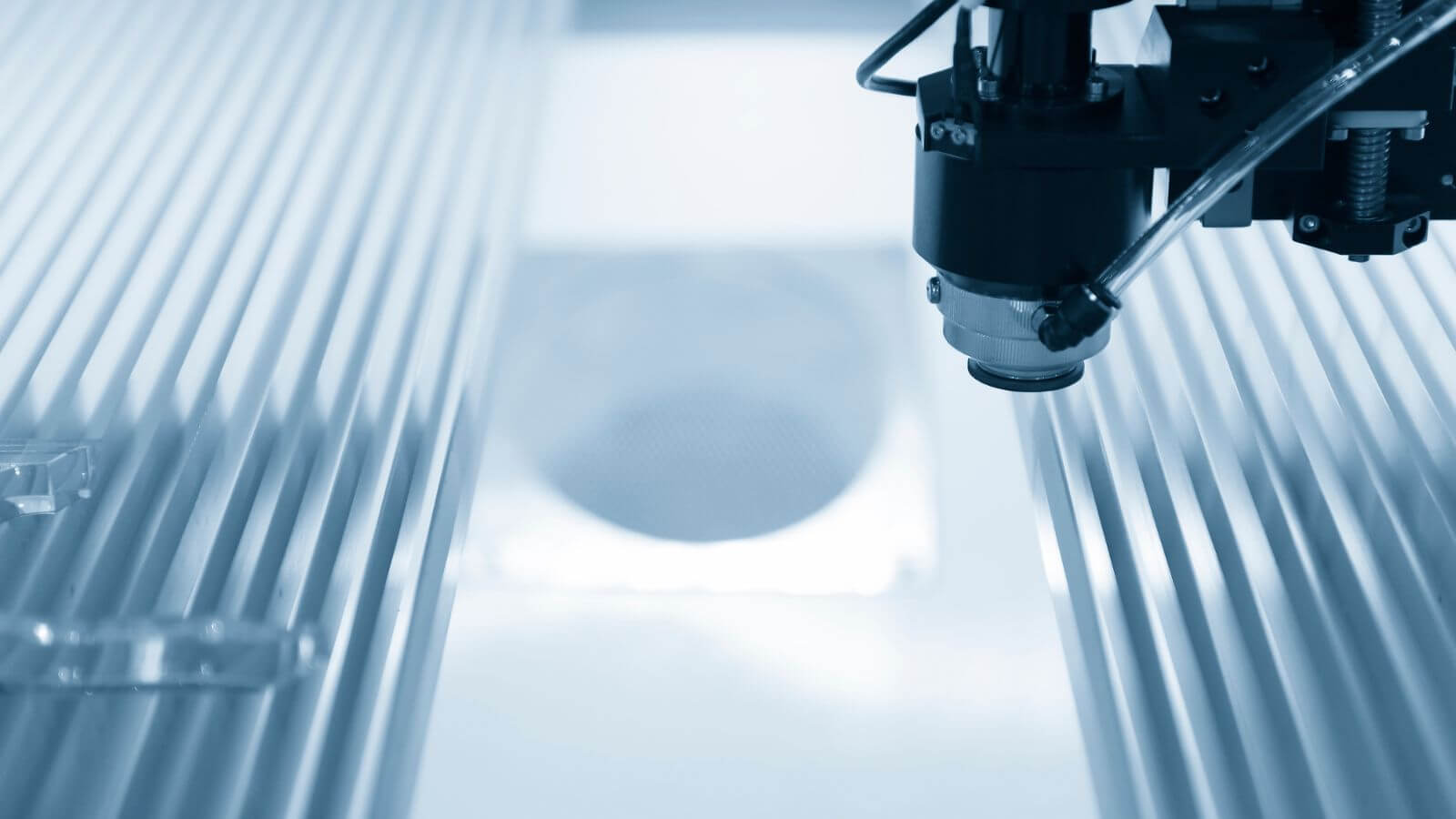
The precision achieved through Electrical Discharge Machining (EDM) is one of its standout characteristics that sets it apart from other machining processes. EDM offers remarkable accuracy and repeatability, allowing manufacturers to produce intricate and precise components with tight tolerances.
Several factors contribute to the precision capabilities of EDM:
➢ Control of Spark Discharge: EDM relies on controlled electrical discharges, or sparks, to erode the material. The duration, intensity, and frequency of these sparks can be precisely controlled, resulting in controlled material removal. This level of control enables EDM to achieve high levels of precision in shaping the workpiece.
➢ Minimal Tool Wear: Unlike traditional machining processes that rely on physical contact between the tool and the workpiece, EDM operates without direct tool-to-workpiece contact. This reduces the wear on the tool, ensuring consistent and accurate machining even over extended periods.
➢ Non-Conventional Tooling: EDM uses a variety of tooling options, such as electrodes, wires, or small tubes, depending on the specific technique employed. These specialized tools can be shaped to match the desired geometry precisely, allowing for intricate and complex machining.
➢ Material Hardness Compatibility: EDM is effective in machining materials with high hardness, including hardened steels, titanium alloys, and carbides. It overcomes the limitations of traditional machining methods that struggle with such materials, offering precise shaping and finishing even in hardened workpieces.
➢ Sub-Micron Accuracy: EDM is capable of achieving sub-micron accuracy, making it suitable for applications that demand extremely tight tolerances. This level of precision enables the production of parts with exceptional fit, form, and function.
The precision capabilities of EDM make it an ideal choice for industries that require intricate designs, fine details, and tight tolerances. Whether it is creating complex molds with precise cavities or manufacturing aerospace components with intricate airfoil shapes, EDM ensures the accuracy needed to meet the stringent requirements of modern engineering.
3. The EDM Process
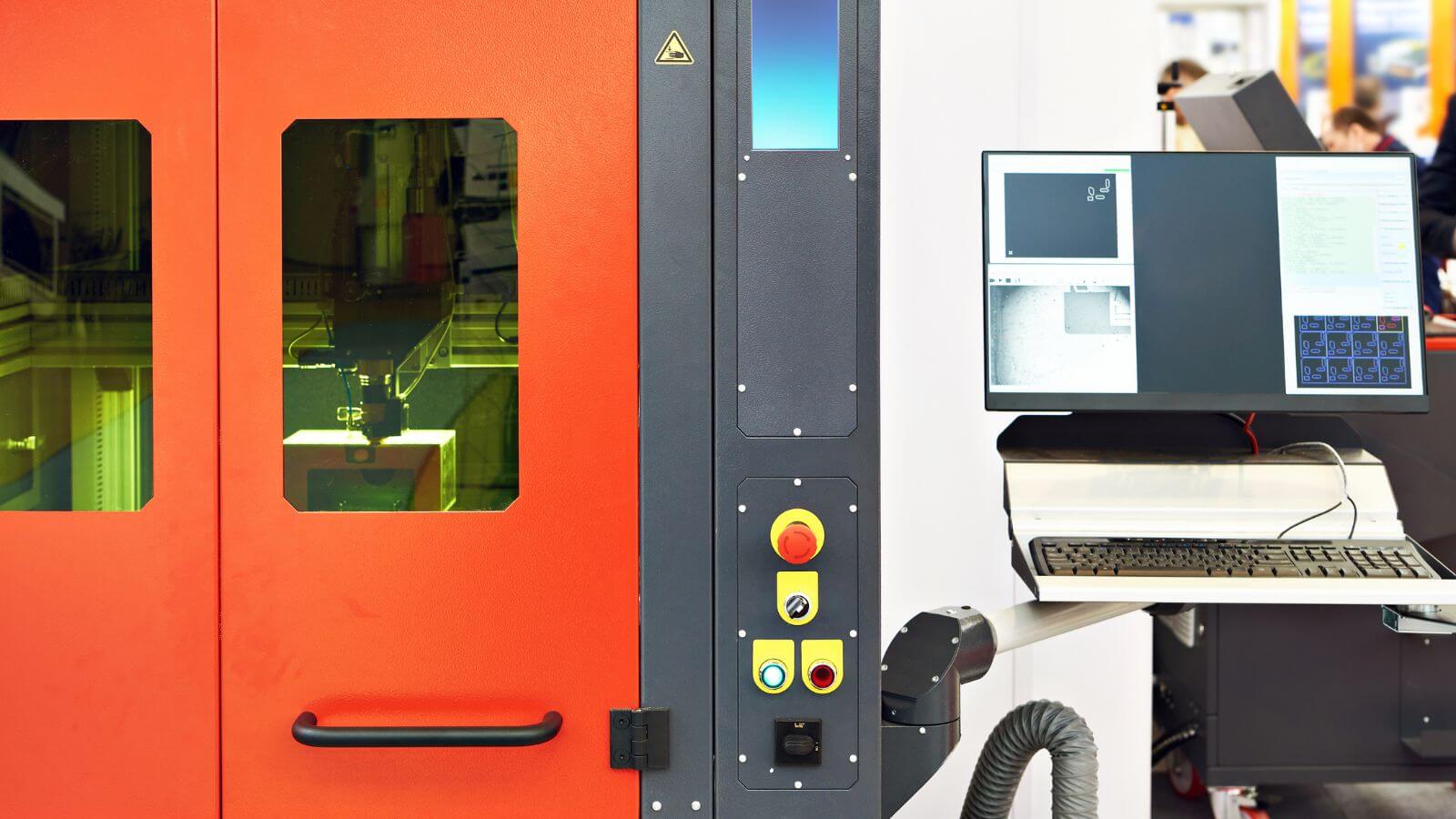
The precision and efficiency of the Electrical Discharge Machining (EDM) process depend on a number of crucial phases. Let's examine the EDM procedure in more detail:
1. Setup and Workpiece Preparation:
• Select the appropriate EDM technique based on the application and workpiece requirements (e.g., wire EDM, sinker EDM, or small hole EDM).
• Prepare the workpiece by ensuring it is properly cleaned and securely mounted in the EDM machine.
2. Selection of Electrode and Dielectric Fluid:
• Choose the suitable electrode material, which can be a conductive wire, a shaped electrode, or a small tube, depending on the EDM technique used.
• Select the appropriate dielectric fluid, typically an insulating oil or deionized water, which acts as a medium to facilitate the electrical discharges and remove eroded material.
3. EDM Parameters Setup:
• Determine the optimal EDM parameters, including discharge current, voltage, pulse duration, frequency, and gap distance.
• These parameters vary based on the material being machined, desired surface finish, and the complexity of the workpiece.
4. EDM Machining:
• Initiate the EDM process by energizing the electrode and the workpiece, creating a controlled electrical discharge.
• As the electrical discharges occur, sparks are generated, melting and vaporizing the material in the workpiece.
• The dielectric fluid continually flushes away the eroded particles, preventing them from accumulating and impeding the process.
5. Finishing and Surface Quality:
• Monitor the machining progress and make necessary adjustments to ensure accurate material removal and desired surface finish.
• Employ additional finishing processes, such as polishing or deburring, if needed, to achieve the desired surface quality.
6. Inspection and Quality Control:
• Inspect the machined workpiece to verify its dimensional accuracy, surface finish, and adherence to the specified tolerances.
• Employ appropriate measurement tools, such as coordinate measuring machines (CMM) or optical comparators, to ensure the quality of the finished component.
By carefully controlling the EDM parameters, selecting the appropriate tooling and dielectric fluid, and following a systematic approach, manufacturers can achieve precise and consistent results in their EDM operations. The flexibility and adaptability of the EDM process allow for the machining of a wide variety of workpiece materials, from hardened steels to delicate materials.
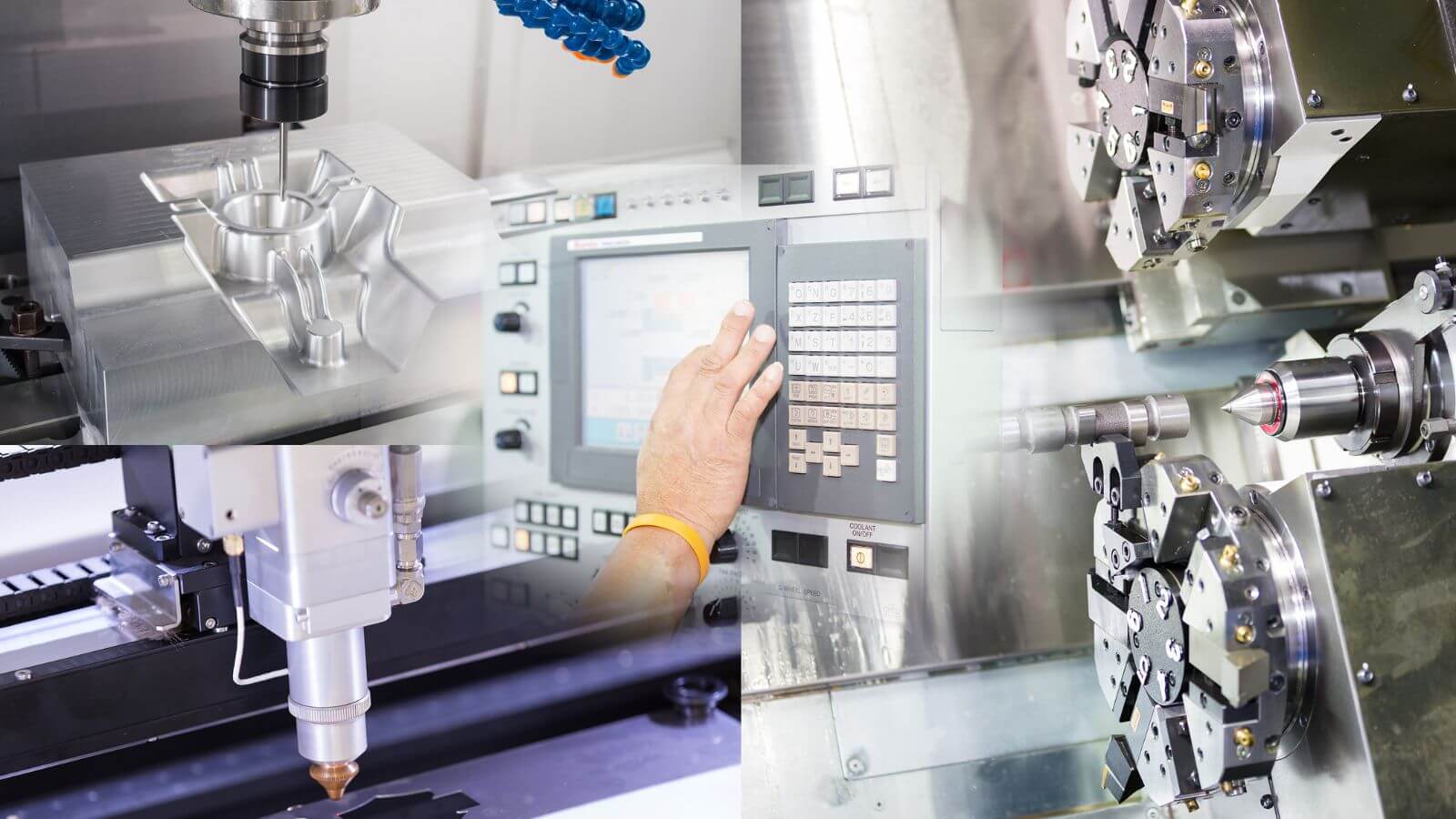
Electrical Discharge Machining (EDM) encompasses various techniques, each suited for specific applications and workpiece requirements. Let's explore some of the common types of EDM techniques and their applications:
Wire EDM (WEDM):
• Wire EDM employs a thin, electrically conductive wire as the electrode to cut through the workpiece material.
• It is ideal for creating intricate shapes, fine contours, and sharp corners in a wide range of materials.
• Wire EDM finds applications in industries such as mold making, aerospace, electronics, and medical, where precision and high-quality surface finishes are paramount.
Sinker EDM (SEDM):
• Sinker EDM, also known as conventional or ram EDM, utilizes a shaped electrode and a conductive workpiece submerged in a dielectric fluid.
• It is used for producing complex 3D shapes, cavities, and features with high accuracy and surface finish.
• Sinker EDM is commonly employed in tool and die making, where the production of molds, dies, and punches requires intricate details and precise shapes.
Small Hole EDM (SHEDM):
• Small Hole EDM uses a small-diameter electrode, typically a tubular tool, to create precise holes or small cavities in the workpiece.
• It is useful in applications that require cooling channels, injector nozzles, or other intricate features with high aspect ratios.
• Small Hole EDM finds applications in industries such as aerospace, automotive, and medical, where precise and controlled small hole machining is necessary.
Each EDM technique has its own strengths and applications, and the choice depends on factors such as the desired shape, complexity of the workpiece, material properties, and surface finish requirements. EDM tools, such as wire electrodes or shaped electrodes, are carefully selected based on the specific technique used and the desired machining outcome.
The field of Electrical Discharge Machining (EDM) has witnessed several advancements and trends that have shaped its capabilities and expanded its applications. Let's explore some of the current trends in the EDM industry and the future prospects of this technology:
Integration of Automation and Robotics: The EDM industry is increasingly adopting automation and robotics to enhance productivity, precision, and efficiency. Robotic systems are being utilized for electrode and workpiece handling, tool changing, and process monitoring, reducing human intervention and enabling continuous and unmanned machining operations.
Advanced EDM Techniques: To push the limits of precision machining, researchers and manufacturers are constantly creating and improving advanced EDM techniques. For obtaining even greater levels of accuracy and surface quality, technologies including micro-EDM, nano-EDM, and hybrid EDM processes, which combine EDM with other machining techniques, are being investigated.
Enhancements to EDM Controls and Monitoring: Process control and optimisation are made possible by the incorporation of cutting-edge control systems and real-time monitoring in EDM equipment. These systems provide for accurate EDM parameter modification, tool wear monitoring, anomaly detection, and the capability to make adaptive adjustments while cutting.
Eco-friendly and Sustainable EDM Practises: The EDM sector is concentrating on creating more sustainable and ecologically friendly practises. Energy consumption is being reduced, waste production is being reduced, and environmentally friendly dielectric fluids and electrode materials are being investigated. These programmes support environmentally responsible production and are consistent with the industry's commitment to it.
Integration with Digital Technologies: The workflow for precision machining is improved overall by integrating EDM with digital technologies including computer-aided design (CAD), computer-aided manufacturing (CAM), and simulation software. This interface enables smooth data transmission, virtual prototyping, and machining process optimisation, resulting in increased effectiveness and shortened time to market.
6. Conclusion
In conclusion, Electrical Discharge Machining (EDM) is a powerful and versatile technology that has revolutionized precision machining. With its ability to create complex shapes, achieve tight tolerances, and produce superior surface finishes, EDM has become a go-to method in industries such as aerospace, automotive, medical, and tool and die making. The advancements in EDM techniques, materials, and automation have further expanded its capabilities, enabling manufacturers to achieve intricate designs and high-quality components.
If you want to know more, please contact us!